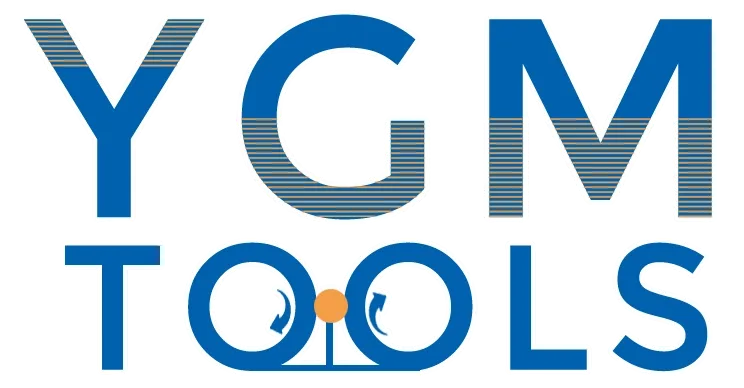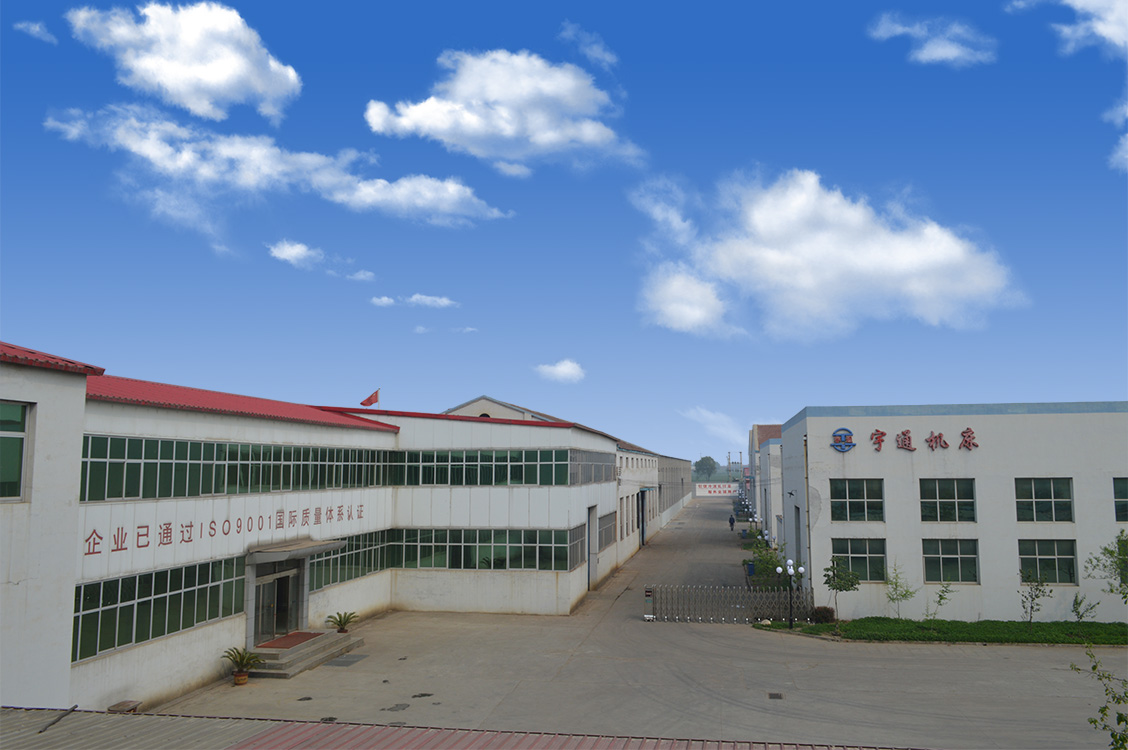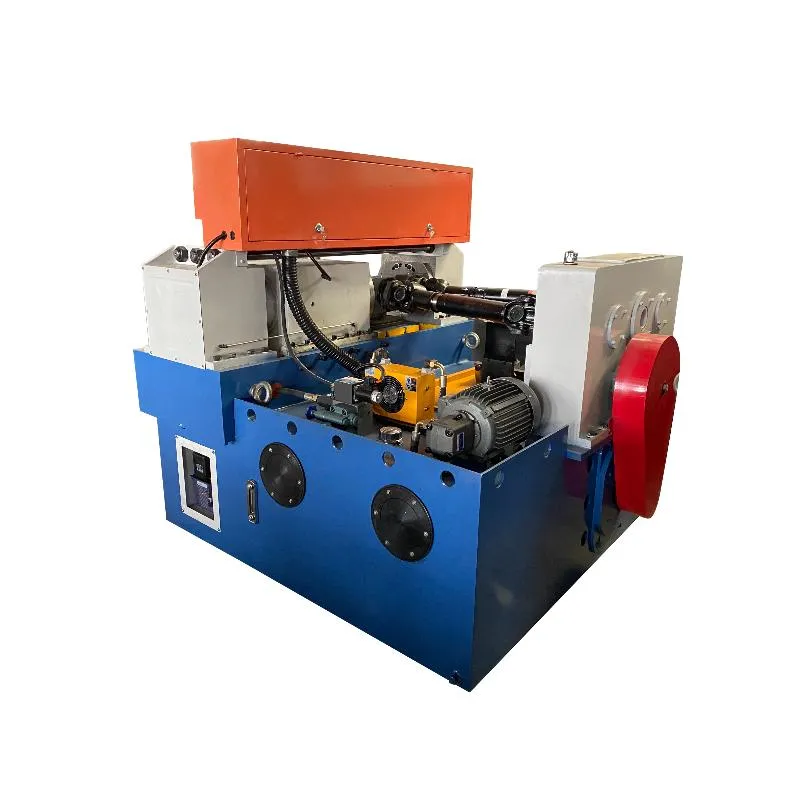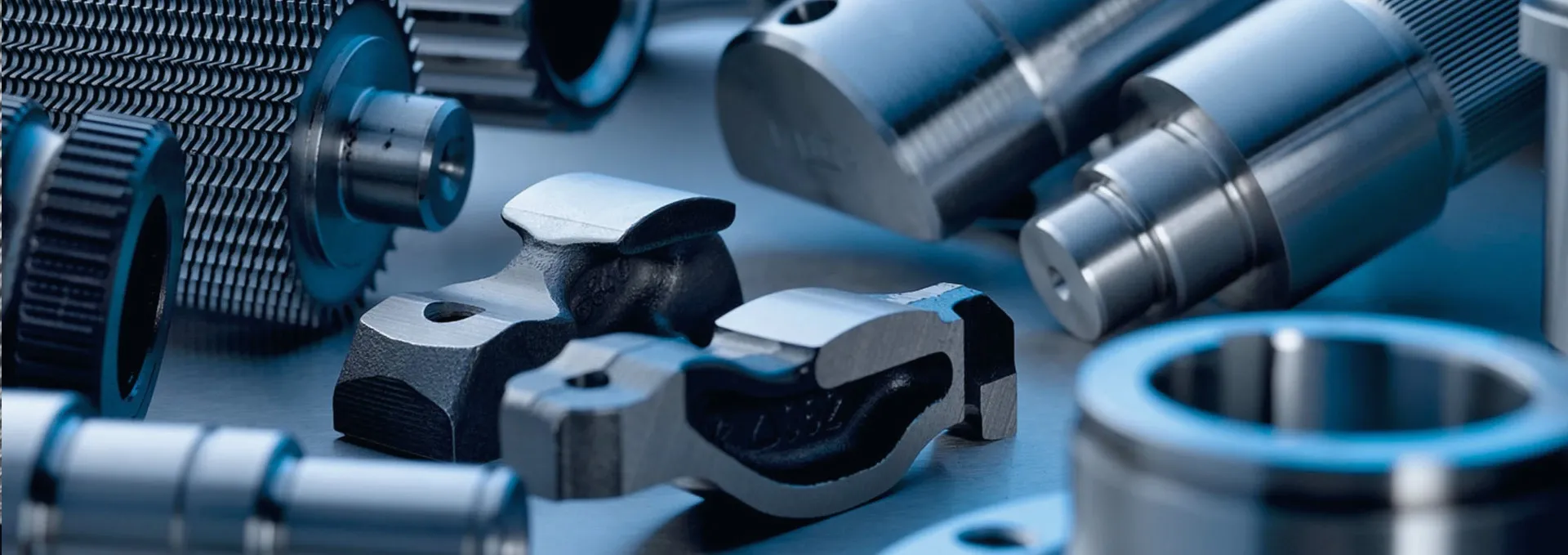
-
 Afrikaans
Afrikaans -
 Albanian
Albanian -
 Amharic
Amharic -
 Arabic
Arabic -
 Armenian
Armenian -
 Azerbaijani
Azerbaijani -
 Basque
Basque -
 Belarusian
Belarusian -
 Bengali
Bengali -
 Bosnian
Bosnian -
 Bulgarian
Bulgarian -
 Catalan
Catalan -
 Cebuano
Cebuano -
 Corsican
Corsican -
 Croatian
Croatian -
 Czech
Czech -
 Danish
Danish -
 Dutch
Dutch -
 English
English -
 Esperanto
Esperanto -
 Estonian
Estonian -
 Finnish
Finnish -
 French
French -
 Frisian
Frisian -
 Galician
Galician -
 Georgian
Georgian -
 German
German -
 Greek
Greek -
 Gujarati
Gujarati -
 Haitian Creole
Haitian Creole -
 hausa
hausa -
 hawaiian
hawaiian -
 Hebrew
Hebrew -
 Hindi
Hindi -
 Miao
Miao -
 Hungarian
Hungarian -
 Icelandic
Icelandic -
 igbo
igbo -
 Indonesian
Indonesian -
 irish
irish -
 Italian
Italian -
 Japanese
Japanese -
 Javanese
Javanese -
 Kannada
Kannada -
 kazakh
kazakh -
 Khmer
Khmer -
 Rwandese
Rwandese -
 Korean
Korean -
 Kurdish
Kurdish -
 Kyrgyz
Kyrgyz -
 Lao
Lao -
 Latin
Latin -
 Latvian
Latvian -
 Lithuanian
Lithuanian -
 Luxembourgish
Luxembourgish -
 Macedonian
Macedonian -
 Malgashi
Malgashi -
 Malay
Malay -
 Malayalam
Malayalam -
 Maltese
Maltese -
 Maori
Maori -
 Marathi
Marathi -
 Mongolian
Mongolian -
 Myanmar
Myanmar -
 Nepali
Nepali -
 Norwegian
Norwegian -
 Norwegian
Norwegian -
 Occitan
Occitan -
 Pashto
Pashto -
 Persian
Persian -
 Polish
Polish -
 Portuguese
Portuguese -
 Punjabi
Punjabi -
 Romanian
Romanian -
 Russian
Russian -
 Samoan
Samoan -
 Scottish Gaelic
Scottish Gaelic -
 Serbian
Serbian -
 Sesotho
Sesotho -
 Shona
Shona -
 Sindhi
Sindhi -
 Sinhala
Sinhala -
 Slovak
Slovak -
 Slovenian
Slovenian -
 Somali
Somali -
 Spanish
Spanish -
 Sundanese
Sundanese -
 Swahili
Swahili -
 Swedish
Swedish -
 Tagalog
Tagalog -
 Tajik
Tajik -
 Tamil
Tamil -
 Tatar
Tatar -
 Telugu
Telugu -
 Thai
Thai -
 Turkish
Turkish -
 Turkmen
Turkmen -
 Ukrainian
Ukrainian -
 Urdu
Urdu -
 Uighur
Uighur -
 Uzbek
Uzbek -
 Vietnamese
Vietnamese -
 Welsh
Welsh -
 Bantu
Bantu -
 Yiddish
Yiddish -
 Yoruba
Yoruba -
 Zulu
Zulu
High-Quality Thread Rolling Machines Precision & High-Speed Performance
- Overview of High-Quality Thread Rolling Machine Applications
- Technological Advantages in Modern Thread Forming
- Performance Comparison: Leading Manufacturers (2024 Data)
- Custom Engineering Solutions for Specialized Needs
- Material Compatibility and Production Efficiency
- Real-World Implementation Case Studies
- Optimizing Operations with Precision Thread Rolling

(high quality thread rolling machine working)
High Quality Thread Rolling Machine Working in Modern Manufacturing
Contemporary production facilities require high-quality thread rolling machine working solutions to maintain ±0.005mm dimensional accuracy across automotive fasteners, aerospace components, and medical implants. Industry data reveals that advanced machines reduce threading defects by 63% compared to conventional lathe-cutting methods while achieving production speeds exceeding 1,200 pieces/hour.
Technological Superiority in Thread Formation
Modern high-speed thread rolling machines incorporate dual-axis synchronization technology, enabling 25% faster cycle times than previous-generation models. Key innovations include:
- Hydrostatic guideways with 0.0005" repeatability
- Adaptive pressure control (50-3,000 kg/cm² range)
- Real-time monitoring through integrated IoT sensors
Manufacturer Performance Benchmarking
| Brand | Max Speed (RPM) | Accuracy (mm) | Power Consumption |
|---|---|---|---|
| PrecisionRoll X9 | 850 | ±0.003 | 8.2 kW/h |
| ThreadMaster Pro | 920 | ±0.004 | 9.1 kW/h |
| TurboThread 3000 | 780 | ±0.0025 | 7.8 kW/h |
Customized Production Solutions
Specialized types of thread rolling machines now accommodate unique industry requirements:
- Micro-threading units for electronics (M1-M3 screws)
- High-torque configurations for oil/gas pipeline threads
- Multi-stage systems combining rolling and inspection
Material Science Advancements
Current machines demonstrate 98% success rates when processing:
- Grade 5 titanium alloys
- Stainless steel 316L
- Inconel 718 superalloy
Industry Application Breakdown
A recent automotive project achieved 34% cost reduction through:
"Implementation of 6-axis thread rolling systems with automated quality gates, reducing post-processing requirements by 81%."
High Quality Thread Rolling Machine Working for Competitive Advantage
Adopting high-quality thread rolling machine working protocols enables manufacturers to achieve 0.12mm pitch consistency across 98.7% of production outputs. Leading plants report 19-month ROI through 47% scrap reduction and 22% faster order fulfillment compared to traditional threading methods.

(high quality thread rolling machine working)
FAQS on high quality thread rolling machine working
Q: How does a high-quality thread rolling machine work?
A: A high-quality thread rolling machine forms threads by applying pressure to deform a workpiece between precision dies, creating durable, burr-free threads without material removal. This cold-forming process ensures superior surface finish and structural integrity. It’s ideal for high-volume production of screws, bolts, and fasteners.
Q: What are the advantages of a high-quality high-speed thread rolling machine?
A: High-speed thread rolling machines boost productivity by operating at rapid cycle times while maintaining precision. They reduce energy consumption and tool wear due to optimized mechanics. Their robust design ensures consistent performance for demanding industrial applications.
Q: What types of high-quality thread rolling machines are available?
A: Common types include flat-die, cylindrical-die, and planetary thread rolling machines. Flat-die models suit long components, while cylindrical-die machines handle complex geometries. Planetary types excel in high-volume, small-part threading with rotational efficiency.
Q: How to choose the right high-quality thread rolling machine for specific applications?
A: Consider material type, thread size, production volume, and required precision. High-speed models suit bulk manufacturing, while planetary machines are ideal for small, intricate parts. Verify compatibility with industry standards like ISO or DIN for quality assurance.
Q: What maintenance ensures longevity of a high-quality thread rolling machine?
A: Regularly lubricate dies and moving parts to minimize friction and wear. Inspect alignment and replace worn dies promptly to maintain thread accuracy. Follow manufacturer guidelines for cleaning and calibration to ensure optimal performance.
